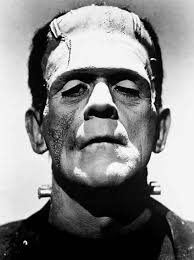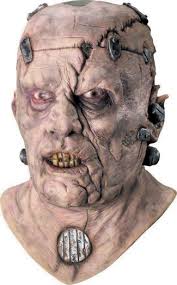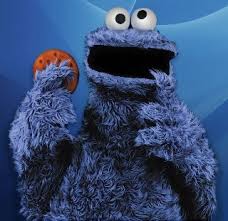No website found.

I found the Paul Pfeiffer lecture quite interesting. Although he uses acquired images something, I am still not 100% excepting of, I feel the way he used them to not only relevant but unique. He compares his early work using these acquired videos to work of still photography due to the fact he loops his videos so there is no beginning and no end similar to the effect of a still image. In later work he again makes the comparison to still imagery with the help of small dioramas. During his talk he explains he likes the absurdity of using a technology meant to capture a moving image and make it capture a still image or something as close to still as possible (white house hallway piece).
I felt special when he filled us in on various pieces of information he normally doesn't share about his work, but I feel this information confused me, or rather confused the fact he doesn't normally share this information. The main piece that I am talking about here is his 24 Landscapes. In them he has removed Marilyn Monroe from various seascape portraits he had found of her while digging through an archive. What is left is a seemingly unconnected series of seascapes some of which are completely blurry due to the original focal length used for the photo. Without knowing that the same person was removed from all 24 of the images I'm not sure if I would understand or even come close to appreciating the work and I definitely wouldn't get that the underlying thread was to be one of identity.
There are two pieces that really stuck out to me in a good way the first (top image) was of a small mirror sculpture he had built into a wall so when you first walked into that gallery you saw nothing but white wall with a small square in the middle. Then if you were brave enough to look in you found an amazing geometric design. One thing I really appreciate about the piece is that it is something that only one person can experience at a time and therefore it is a very personal and intimate moment between the artist and the viewer. The other piece of his that captured my attention was his Morning After the Deluge- which is a 20 min video and both a sunrise (normal view) and a sunset (flipped upside down) the sun never changes location on the screen but the duel horizon is what moves across the screen. I find this interesting and couldn't take my eyes off the screen during the question and answer session, because I was trying to study the slow movement of the sun and trying to see if I could actually see the horizon move. I never did, but it still seemed to progress.








 n-stahyn
n-stahyn




















